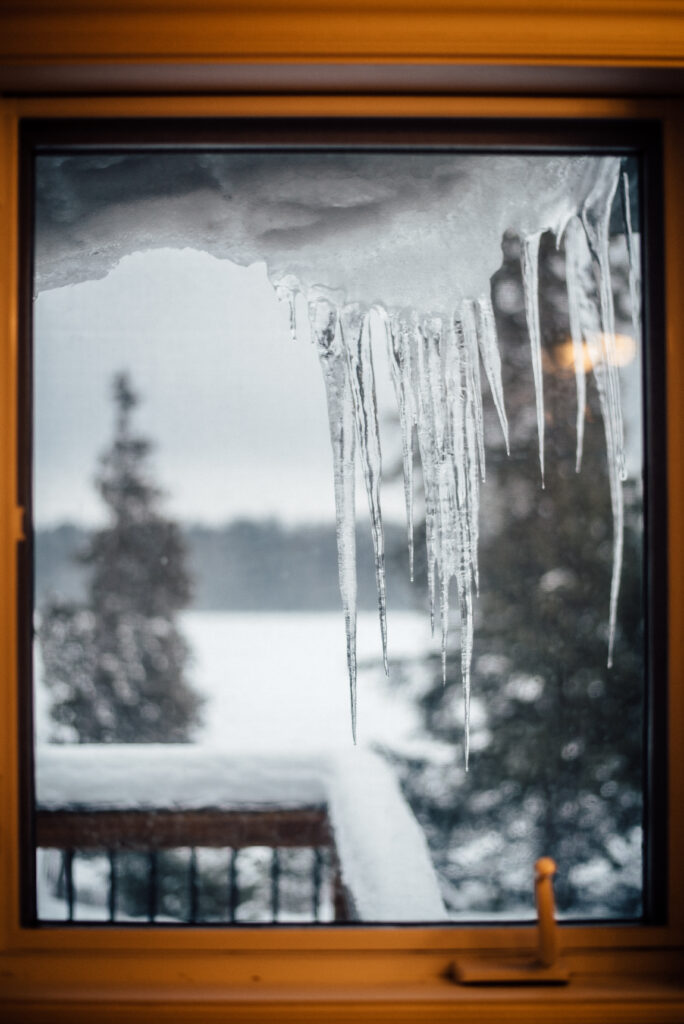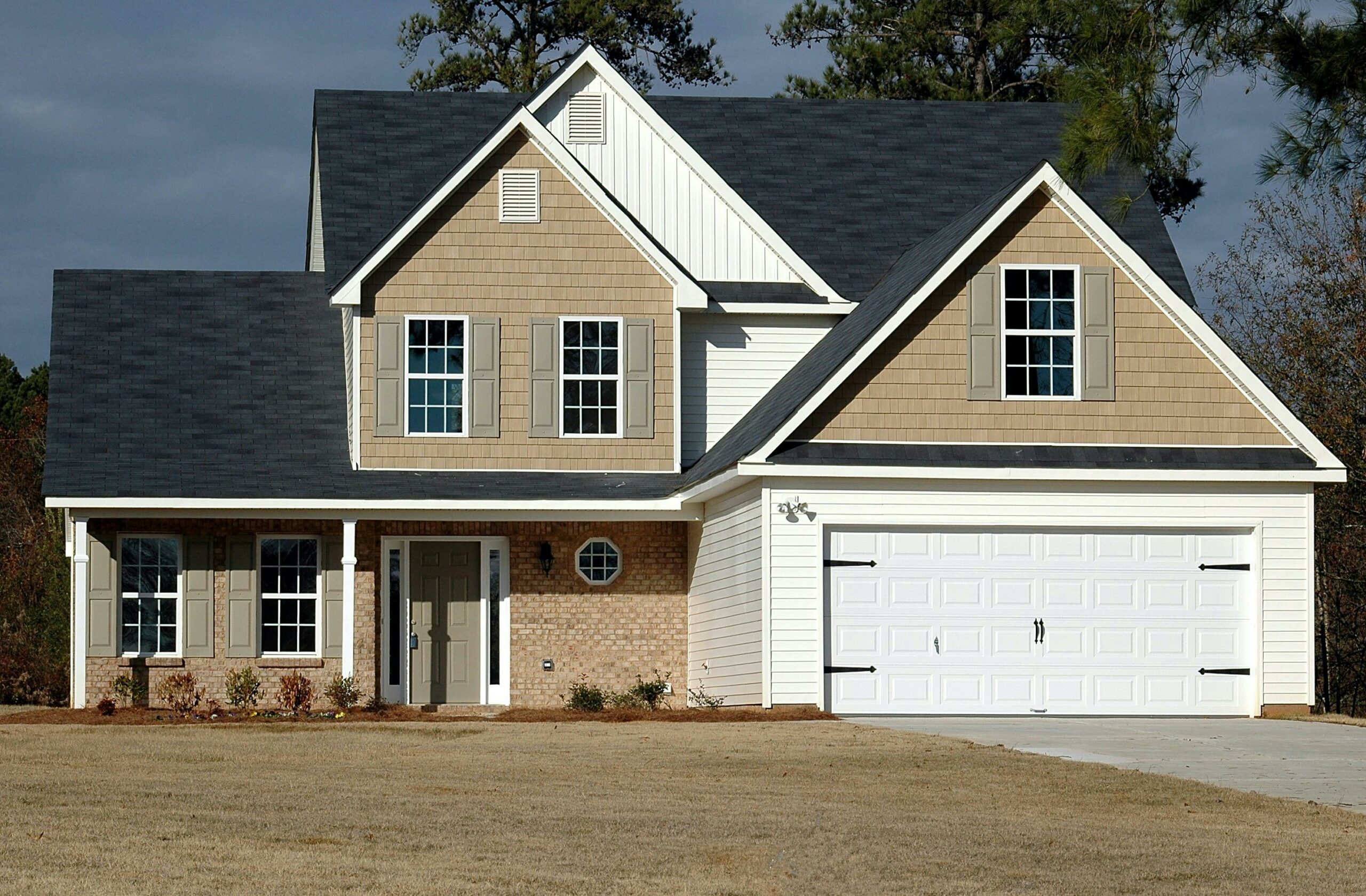The term ‘ice dam’ isn’t a new phenomenon. It’s common in colder regions where snow forms easily. For this reason, there are ways to deal with them.
Nevertheless, you should be experienced in dealing with ice dams to avoid causing personal and property damage.
If it’s your first time to come across ‘ice dams’ or you want to learn how to deal with them, you’re in the right place. This article will discuss what they are and how to prevent them. Read along to learn.

What Are Ice Dams?
Ice dams are massive accumulations of melted ice at the roof’s edge.
The longer the ice dams remain on your roof, the more damage they will cause to your home. Ice dams are common in cold regions with lots of snow, such as the Northern United States.
They’re called dams since they’re enormous structures that prevent water from flowing.
How To Remove Ice Dams
Removing ice dams isn’t a walk in the park. It requires skills and patience. Nevertheless, it would help if you understood that you must remove the dams as soon as possible to avoid roof damage.
When removing ice dams, do it carefully to avoid injury.
If you are concerned about the safety of your property and its roofs, consider hiring an ice dam removal service to have the procedure done professionally.
However, if you decide to do-it-yourself (DIY), try heating the ice dams with hot water or chopping the ice on a warmer day.
Why Do Ice Dams Form?
Ice dams form when snow is present on the roof, the external temperature is below freezing, and the roof deck temperature is above freezing.
In most cases, ice dams are caused by the following:
- Air leakage through the walls: When warm air leaks from the walls through the ceiling, the heat will likely heat the snow, causing melting.
- Heating bridging through walls: Most aging homes lack adequate insulation, especially where roofs and walls meet. This issue is more severe in low-sloped roofs and dwarf overhangs. As heat pass through framing, it heats the roof deck, melting the snow. As a result, the snow runs down towards the overhang where there’s no heat, freezing again.
How To Prevent Ice Dams
Homes are typically designed so that ice dams won’t be an issue. However, this isn’t always the case.
If your home has had ice dams or you want to understand how to prevent them, then you need to put some measures in place before winter.
Among the things you can do to prevent ice dams include:
- Keep your gutters and downspout clean: Avoid leaves, sticks, and other debris from accumulating on your gutters. Before winter onset, be thorough when cleaning your gutters and downspouts. This will ensure the snow flows effortlessly through the gutters.
- Getting rid of icicles from the gutters: If you allow icicles to accumulate on your gutters, you’ll be dealing with ice dams sooner than later. Besides encouraging ice dam formation, icicle accumulation will destroy the gutters. Therefore, you should remove them as soon as they form.
- Get rid of as much snow as possible: Generally, there isn’t much to do when the snow starts falling. Nevertheless, whenever possible, remove as much as possible from your roof. During such events, use roof rakes with long handles for efficiency. Such rakes enable you to remove snow from your roof while on the ground. Remember to be extra careful with such equipment to avoid damaging the roof.
It’s essential to determine if your roof and attic have the ideal insulation and structure to prevent ice dam formation.
While these changes might be expensive, they might be the only lasting solution for homes experiencing severe cases of ice dams. Generally, the recommendations for the attic and roof include:
- Correct airflow and adequate ventilation to cool the attic air.
- Internal insulation with an R-value of at least 30.
- Keeping warm air from entering the attic by restricting airflow to the attic.
Most homeowners might opt to install heating cables to continue melting the ice. However, professionals don’t recommend it since these cables are costly and might damage the roof in time.
It’s important to remember that if changes in your roof’s structure will prevent ice dams, more ice will accumulate on the roof.
Therefore, your roof should be able to withstand the changes to be able to handle the weight. Failure to which the snow accumulation might cause the roof to collapse, causing severe damage.
Conclusion
Ice dams form when the snow melts and hangs at the edge of your roof. This happens when there’s enough heat to melt the snow slightly.
When ice dams form, they should be carefully removed to avoid damaging the roof. If ice dams and icicles have become a nuisance, consider hiring experienced personnel to remove them.
At the same time, follow the ice dam prevention tips mentioned above, such as keeping your gutters and downspouts clean.






